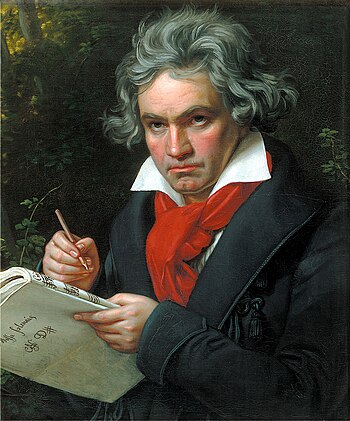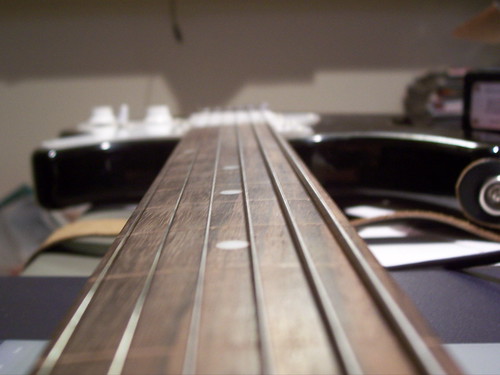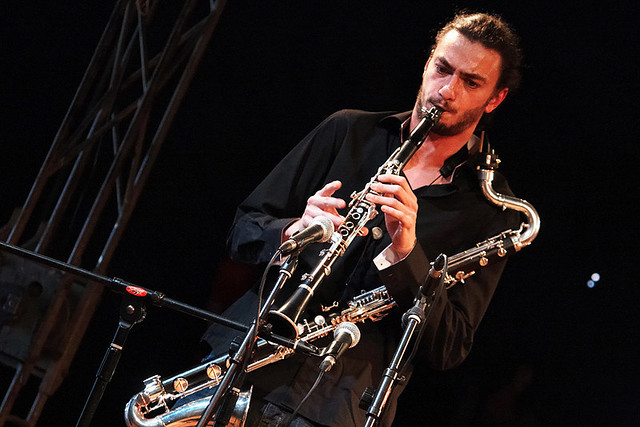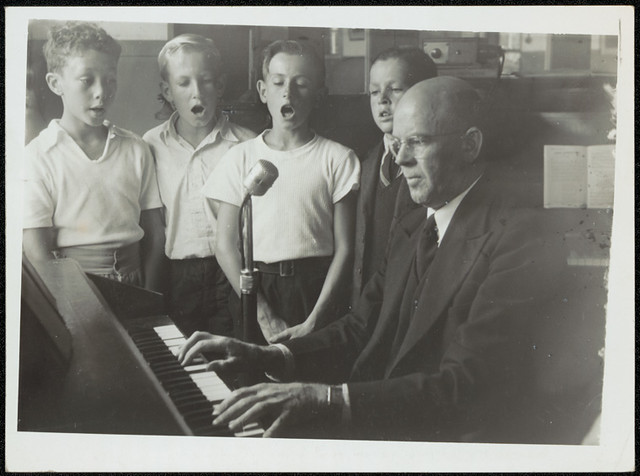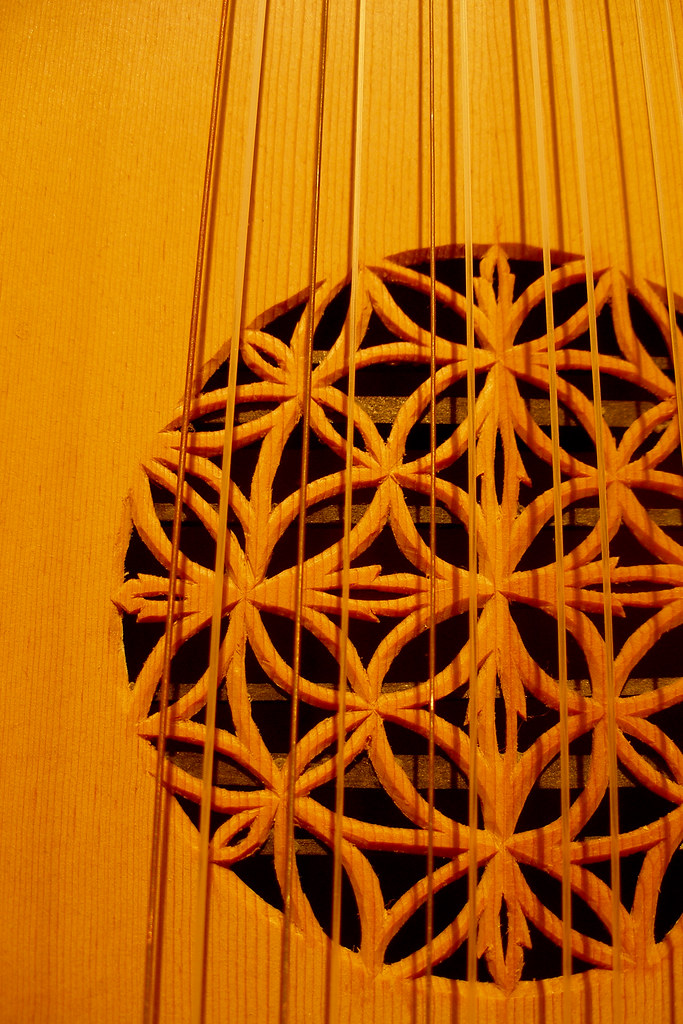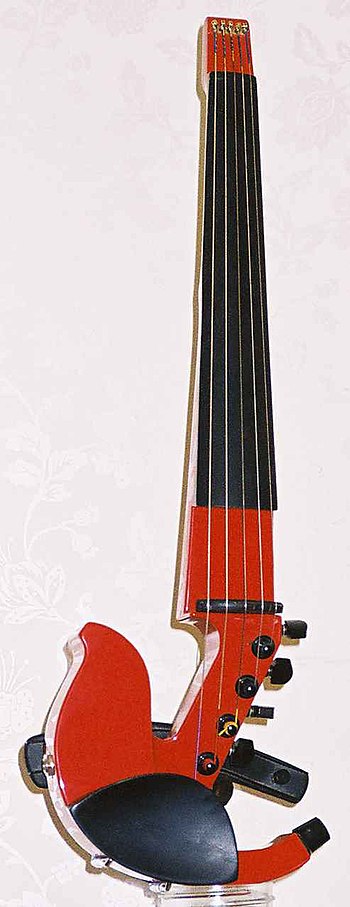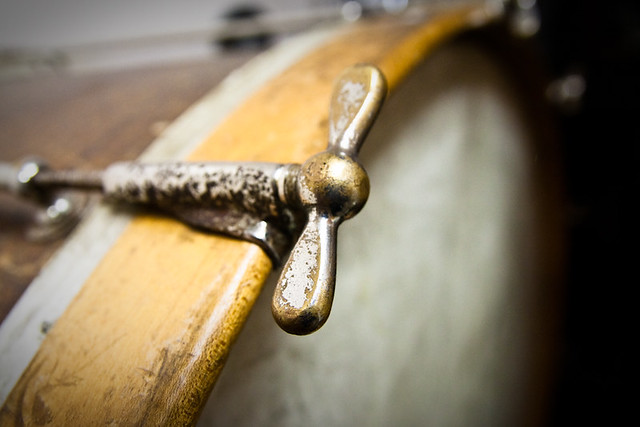The ability to sing high notes and increasing the vocal range is an aspiration of most singers. However, most singers find it very difficult to increase their vocal range so that they can hit and sustain those high notes effortlessly and effectively.
So how can you own a powerful singing voice and hit those high notes without straining your vocal cords or even damaging them?
 |
| Glottal cycle, falsetto register (Photo credit: Wikipedia) |
Although expanding your vocal range is an elusive issue, the good news is that it is not all that difficult. Once you understand it, you will be surprised that it can be so simple after all.
Now, for the bad news, it is somewhat like learning how to swim. You cannot possibly learn to swim by reading an article or even a zillion articles without getting into the pool and start practicing your swimming strokes. The problem is that many singers are doing just that when learning how to sing.
It is the same when you want to increase your vocal range to hit those high notes. You can possibly learn the theory from an article such as this one but would be most unlikely that you can master the skill because it involves the coordination of muscles moving and correct breathing techniques when you are singing.
The precise coordination of these singing muscles and breathing techniques can only be learned by listening and repeating vocal exercises and then in actual singing.
People will think that you are crazy if you go around asking, "Can you provide me with some helpful tips on becoming a proficient surgeon in time for an open heart operation next week?", but no one will give you a second look when you ask "Give me some singing tips on how to sing high notes."
Having said that the correct vocal exercises are crucial for you to expand your vocal range, here are some singing tips for you to sing the high notes.
In order to increase your singing vocal range, you must learn to get the wrong muscles out of the way, so try this experiment.
Begin by gently placing your hand over your throat so that your chin is cradled between your thumb and your forefinger. Pretend that you are trying to hide your throat from view but just barely touching it so that you can feel its movement.
Once your hands are in place, just swallow. Can you feel things moving inside your throat? Of course, you do. What just happened is that more than 30 muscle groups working just to ensure that you swallow properly!
These muscle movements are to make sure food goes down your gullet and not into your windpipe. They are also designed to work for about as long as a swallow lasts, then they go back to their original position.
Unfortunately, these muscles are also activated when you are singing and especially so when you are singing the higher notes.
I said "unfortunately" because the muscles actually do nothing to help you to sing higher notes but are using up energy and increasing the tension around the muscles that are needed for you to sing higher.
Do remember that the swallowing muscles are designed to work for just a second or two when you swallow and they then go back to their original position, but when you begin to sing, you are more likely to feel them engaged and stay engaged until they wear the singer out. Therefore the singer must educate the actual singing muscles not to over-exert themselves when singing higher and higher notes.
Your most natural sounding voice is the voice you use when you are speaking. When you sing in a "normal" tone, you will start in this voice. It very likely is your "chest" voice. It is called "chest voice" because most of the resonating or vibrating to create sound is happening in your chest.
In your most natural sounding voice, you have learned to make a nice, strong sound by letting the tone vibrate mostly in your chest. You didn't even need to think about it and that is why it is natural. It is a very open, rich and full sound. It sounds "firm" and not "mushy" at all.
Your little tiny noise-making muscles which are your vocal cords are generally vibrating along their entire length when you are singing in your chest voice. Your vocal cords are amazing muscles. They perform tricks and some of those tricks are used to easily take your voice over three or even more octaves.
Your vocal cords change the notes along the bottom of your range by contracting. The tighter they contract, the higher the rate of vibration as air passes between them from your lungs.
Just like any muscles, they will reach a limit as to how tight they can contract without injuring themselves. At that critical point, they will do one of these two things:-
a) They protect themselves while maintaining their ability to sing higher than that critical point by suddenly dumping tension by swinging apart slightly, and producing an airy false voice usually referred to as the falsetto voice. I called the falsetto "false" because it sounds so unlike that rich chest tone you were producing just a few notes lower. Get the picture?
When your singing voice goes into a falsetto, you will experience a physical relief since you went from a high tension state to almost no tension at all. Your singing will go from struggling for the next note to easily reach the next higher note.
However, you will probably not be comfortable with the fact that your voice tone changed so drastically and losing the power in your singing. It is really an emotional a let-down. It makes you feel like writing emails to people asking "How can I sing higher notes?".
If you are properly trained, your vocal cords will do the next two tricks and can easily shift into the next gear rather than flip into a falsetto voice when singing higher notes.
Your vocal cords will begin to thin out as you go higher and changing their mass so that they vibrate at a higher rate of vibration and therefore they do not tighten more. It is just like changing to a thinner guitar string but keeping the tension exactly the same.
So your voice is unlike going into a falsetto as they don't pull apart so that the tone produced will still have that firm sound rather than that airy false sound.
You will eventually enter into what is called the "head voice" because the resonance moves from your chest cavity to the cavities in your head and face.
If you are practicing with the correct vocal exercises, your body will learn to fade more resonance into the head cavities and out of the chest cavity producing what is called a "mixed voice". When you listen to a singer who has a wide, powerful voice range, this is exactly what that singer is doing.
Once your vocal cords have taken you as high as they can go by thinning out, they will actually close off a portion of their length which is not unlike fretting a guitar string. This will result in even higher notes like the whistle tones of Mariah Carey because the length of the vibrating surface has been shortened.
So do you want to be able to sing high notes effectively? Don't let anyone tell that you can't.


